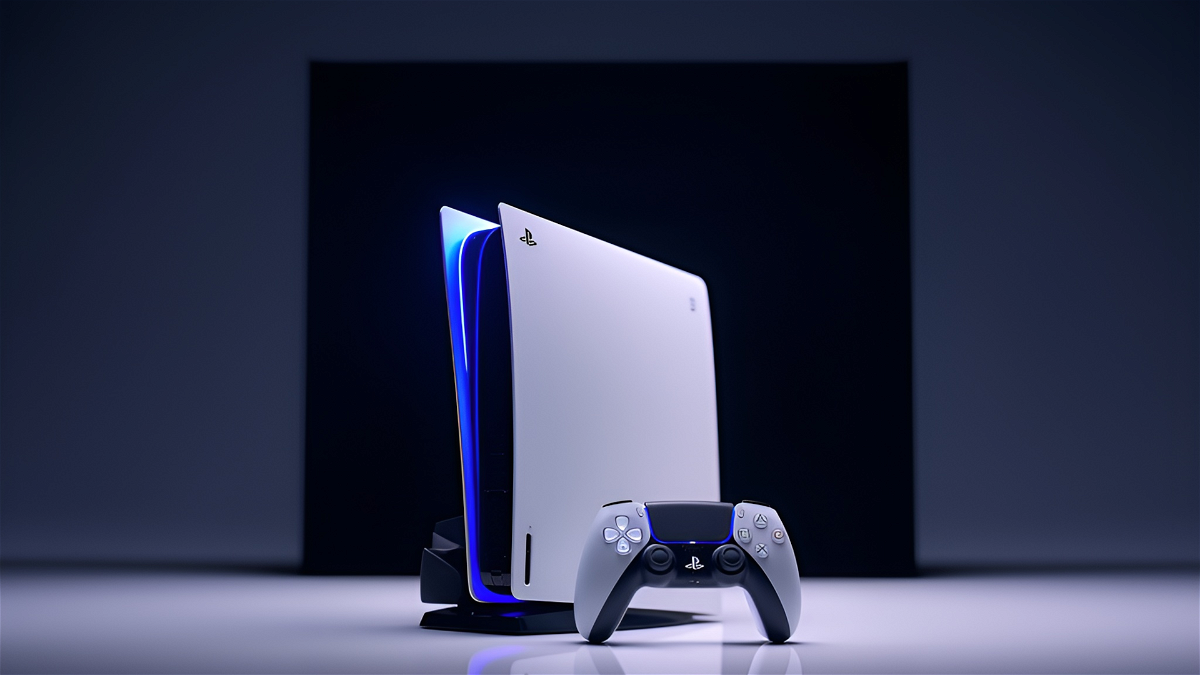Table of Contents
Now we know more details about the new PS5 Pro, and some of its changes might surprise you
One of the different ways the PS5 Pro is imagined/rumored to look
Join the conversation
The PS5 Pro has been confirmed! Or something like that. The truth is specifications have recently been leaked of the new console called “Tinity”, which is a nod to the PS4 Pro “Neo”. According to what we were able to observe, the specifications take a real leap with respect to the characteristics of the base model that has already been on the market for a few years.
However, with the PS6 still in the oven, for now we are left to settle for the PS5 Pro, and while there are still many details left unresolved, so for now we will only focus on the leaked specifications and what they represent.
Memory
The PS5 Pro now reaches 18 Gbps, instead of the 14 Gbps of the 16 GB RAM of the base version. This increases system bandwidth by 28%reaching figures from 338 Gbps to 576 Gbps, making it more powerful than the Xbox Series X and many modern computer GPUs.
And although there is no concrete information about it, it is possible that added 1GB of gaming RAM to total allocationwhich would be great for some situations.
CPU
This is where we will see the smallest change from the base model. At first you might think that the PS5 Pro uses the same Zen 2-based 8-core, 16-thread AMD CPU as the original PS5. However, according to the leaked information, the PS5 Pro has a “CPU High Frequency Mode2” upgrade, which gives it provides 10% extra speedabove the 3.5 GHz that the original has.
With this improvement we reach 3.85 GHz speed, all at the cost of a just 1% reduction in GPU clock speed. And while this represents an additional cost, the games will still perform identically. This, for now, is not about a pure marketing strategy to show off that your console is a little faster.
GPU
On the contrary, here we will observe a considerable change, since Sony has put all its effort into increasing the graphic quality, resolution and, of course, the performance of the PS5. And while the specific architectural changes are still unknown, through leaks we were able to discover that The PS5 Pro will have 60 computing units (CU)which is outrageous if we compare them with the current 36 CUs of the PS5.
All this, at least on paper, represents a 67% increase in graphics performance. But, in addition, the GPU is based on the RDNA 3 architecture of the current AMD Radeon 7000 cards – the latter is not in the leaked documents, but it is most likely.
And for the geekiest, documentation claims PS5 Pro has 33.5 Teraflops, another nonsense compared to the 10.28 Tf of the standard model. This is almost certainly due to the dual FP32 operations that this newer GPU can process, as opposed to the original model which handles a single number.
Now, with these figures, it is possible to infer the clock frequency, which will be at approximately 2335 MHz of the 56 active CUs, and 2180 MHz of the 60 full CUs in operation. Although, of course, there will be very few situations where the GPU demonstrates all its power and performs twice as many calculations.
The real change of the PS5 Pro is not in the specifications
The real change goes beyond an increase in its specifications
The PS5 Pro's CPU performance is almost the same as the base PS5, while the GPU does take a leap, being 67% faster. According to Sony, in reality, we are talking about a 45% improvement in raw rasterization performance.
This, so we can all understand, is that a 1080p game on the PS5, now we can enjoy it at 3840 x 2160. Or, those GPU-limited deliveries at 42 FPS, now could reach 60 FPS.
However, this is still nothing compared to PSSR and dedicated ML hardware, which increase image quality resolutions without requiring more hardware. They achieve this thanks to machine learning reconstruction that allows scaling up to 4K or more.
This, in addition to representing an incomparable improvement in image qualityalso solves the problem of GPU bandwidth and performance,
All this means that the PS5 Pro will offer a quality higher than 4K on the screen with a minor penalty in terms of bandwidth and the performance of the console itself.
Join the conversation
